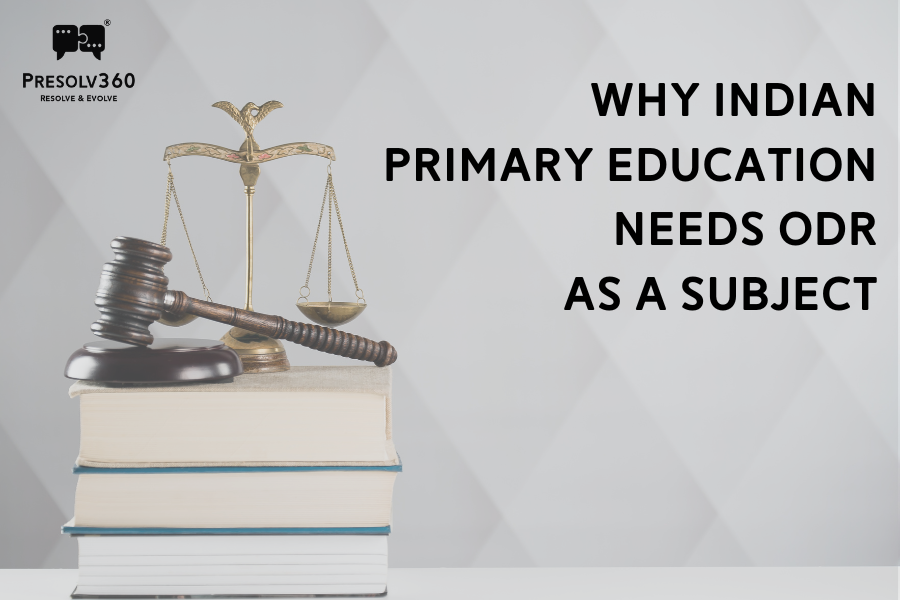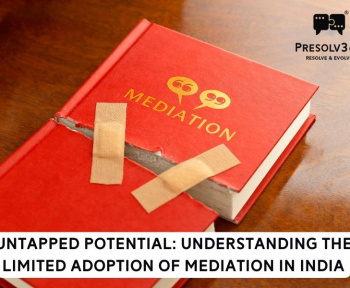The ongoing pandemic has brought about significant changes in how we conduct ourselves daily. Individuals have had to adapt to new protocols and behaviours to mitigate the spread of the virus. These include sanitizing one’s hands often, wearing masks in public spaces, and shifting to non-contact greetings like nodding. These adjustments have become ingrained in social etiquette, and some have even made their way into primary education teachings. This illustrates how individuals can adapt to changing circumstances and incorporate new practices into their daily lives.
Similarly, with ODR procedures gaining an audience, the current generation needs to learn the protocols relating to the same. Even beyond an ODR setting, certain etiquettes common to both ODR and online interactions are good additions to our lives. At the most basic level, the curriculum of primary education can include soft skill development such as mannerisms and protocols.
A few must-teach things to prepare the younger generation for a future with ODR are:
- To dress appropriately for the occasion. They must know the difference between casuals, formals, and business casuals. The appropriate form of clothing for any event or occasion is a must.
- Communicating formally, while being courteous, helps one put their point across.
- While in an online meeting, video background ideally should not show personal spaces, and be free of disturbances. If that is not possible, then a neutral background during the video conference is acceptable.
- One must only unmute their mic in an online meeting when it is their turn to speak. In all other situations, the mic must be on mute.
- One must be attentive in an online set-up, with a pen and paper ready to take note of anything important.
Incorporating these basic etiquettes into primary education will prepare children for formal setups, such as for ODR. The list of mannerisms detailed above is of course not exhaustive. It must incorporate a list of dos and don’ts depending on how ODR takes shape in the future.
Acceptable behaviours in an ODR setting
The system can introduce high school students to ODR as a proper subject as a part of their curriculum. It can even facilitate this through workshops in school where they can engage with people practising in their field. This will also open up opportunities for the upcoming generation. If ODR has to become a norm in the future, the coming generation must become comfortable and confident with it. Achieving that will take education about the procedure, application, and advantages of ODR, to help make an informed decision.
High school students can receive an overview of the application and protocols of the procedure. Teachers must at the very least educate students about the protocols for parties. These acceptable behaviours fall under two categories, depending on the party to which they would apply.
The disputing parties
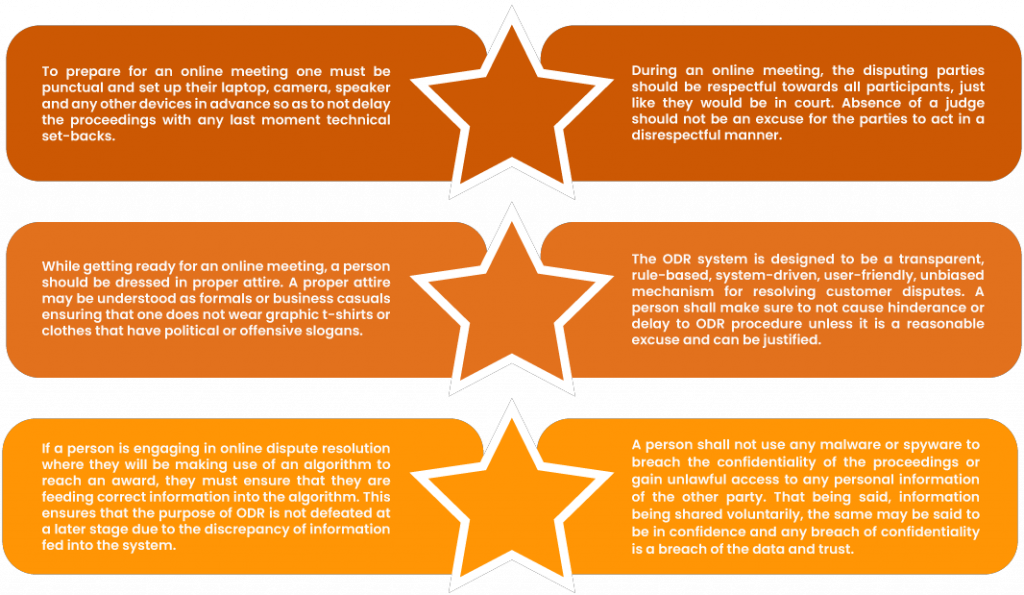
Presiding Authority
In situations where there is a neutral third party instead of a computer system or algorithm to adjudge the dispute, the following things must be kept in mind:
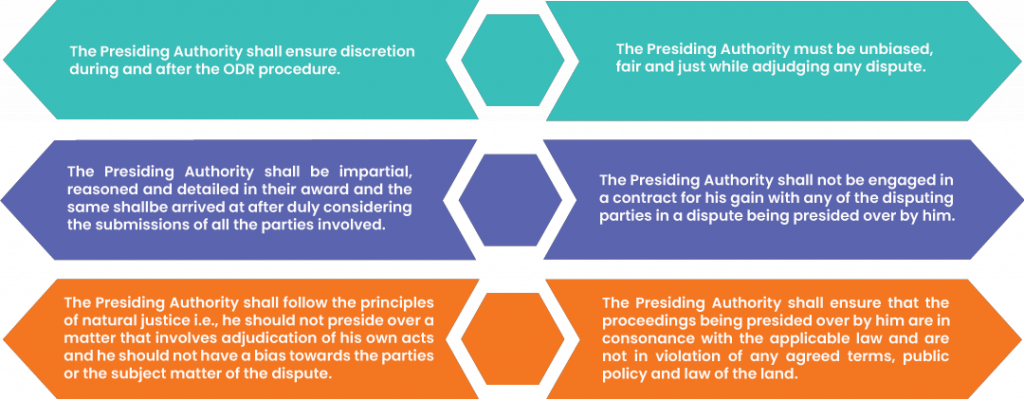
The list of etiquettes detailed above is a good place to start understanding the requirements of a formal ODR process at the school level. If children are informed about the protocols and demands of the procedure, the system can ensure that the disputing parties of the future are well-informed. This will encourage well-thought decisions regarding engaging in dispute resolution and the procedures they would engage in to resolve their disputes.
For the aforementioned reasons, ODR is evolving into a new subject for primary education in India. It is a much-needed requirement and calls for educating the masses about the subject, rather than the procedure of ODR being confined to the elite, and education starts at the school level. Thus, ODR should be introduced to the student at the primary school level.
Training the future, today
ODR is a valuable skill that can be useful in a variety of contexts. Whether it is a dispute with a business, a neighbour, or even a family member, ODR can provide a quick and effective means of resolving conflicts. By teaching students about ODR, we can equip them with the skills and knowledge they need to effectively navigate conflicts and disputes in their own lives.
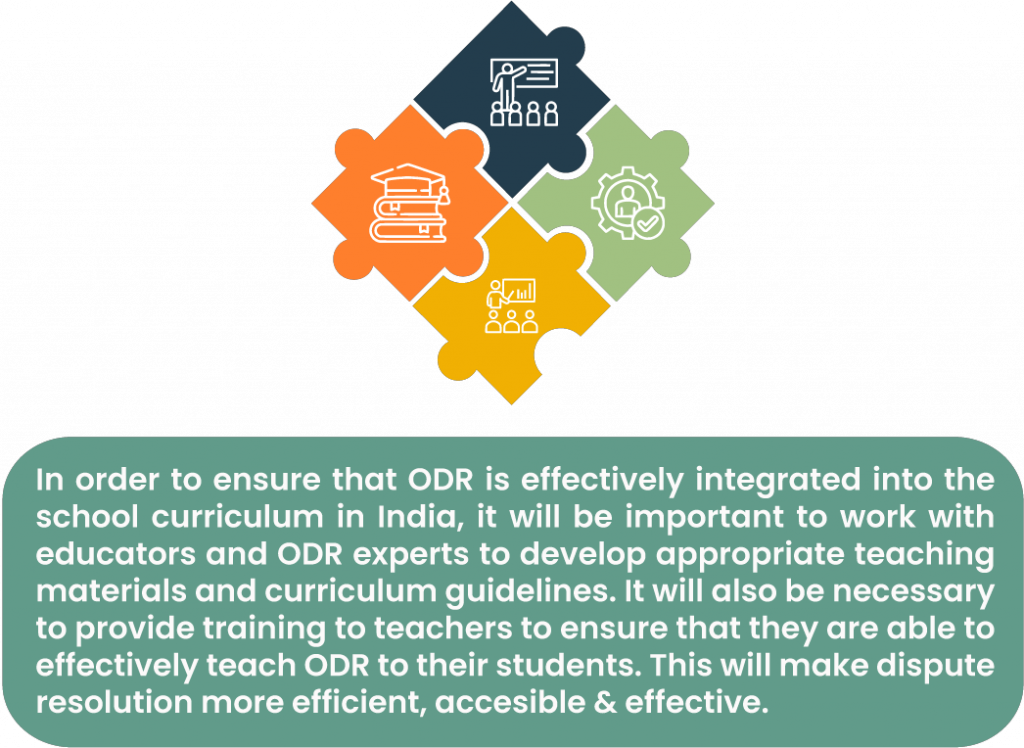
Since ODR is a new aspect of dispute resolution, it is unlikely that children would be aware of the modus operandi or procedure of ODR, creating awareness about it is essential. Introducing ODR as a part of the school curriculum of primary education will not only create awareness about the procedure but also help school children become comfortable with ODR and not be intimidated by the procedure if they have to engage in it.
In conclusion, ODR can play a vital role in reducing the burden on the traditional court system and make dispute resolution more efficient, accessible, and effective. It is high time that ODR is included in the school curriculum in India so that the next generation can be ready for the digital era.

